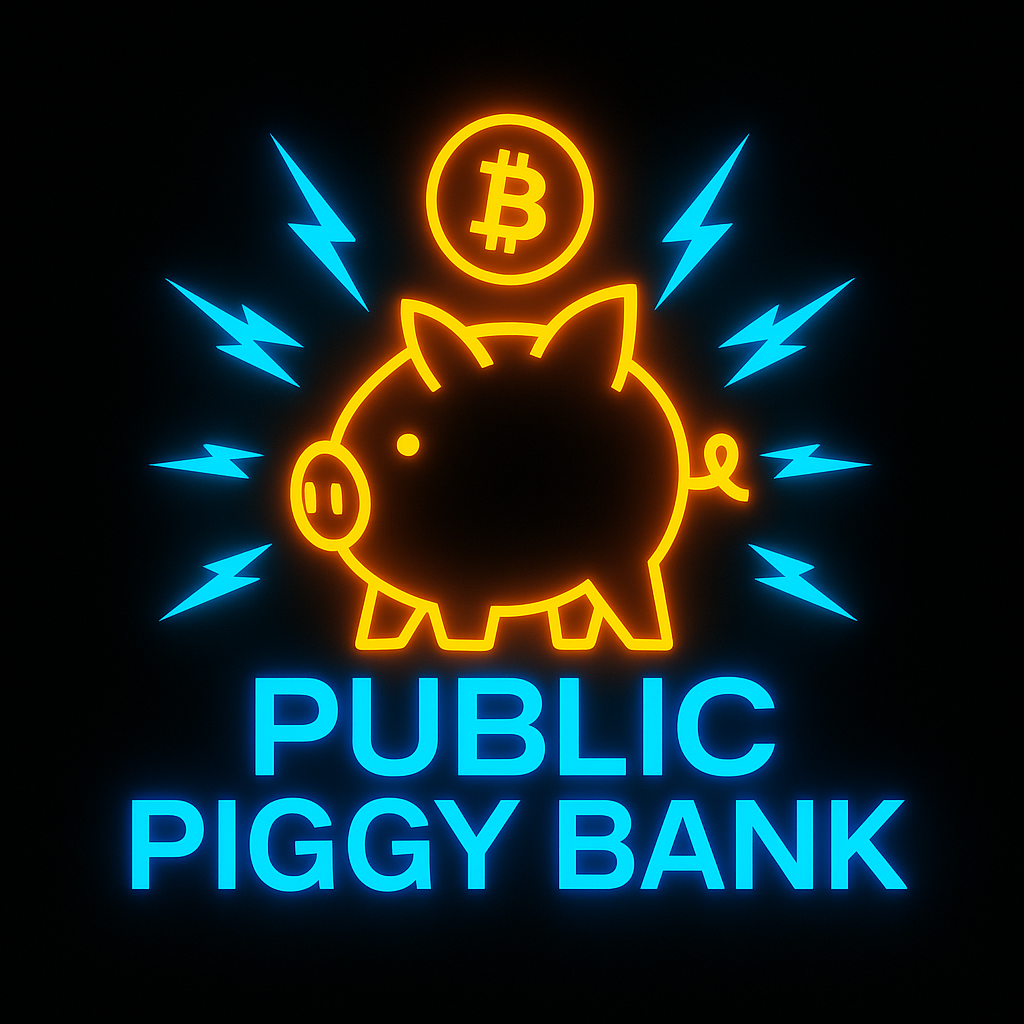
What Is the Bitcoin Halving?
The Bitcoin halving is a core, pre-programmed event within Bitcoin’s protocol that occurs every 210,000 blocks, or approximately every four years. When it happens, the number of new bitcoins issued to miners per block is cut in half. Each Bitcoin block contains a reward paid to the miner who validates it — known as the block subsidy. This reward started at 50 BTC in 2009 and has been halved four times as of 2025:
Year Block Reward Total BTC Issued Per Day
2009 - 50 BTC ~7,200 BTC
2012 - 25 BTC ~3,600 BTC
2016 - 12.5 BTC ~1,800 BTC
2020 - 6.25 BTC ~900 BTC
2024 - 3.125 BTC ~450 BTC
2028 - 1.5625 BTC ~225 BTC (projected)
2035 - 99% of all the Bitcoin will be mined
The moment when 99% of all Bitcoin has been mined will occur at approximately
Year: 2035
Block height: - 840,000
Total BTC mined: - 20.79 million
Remaining BTC: - 210,000 (the final 1%)
What Happens at That Moment?
Over the next 105 years (from - 2035 to 2140), the remaining 1% will trickle out extremely slowly. Most of that final 1% will come in tiny block rewards — smaller than 1 BTC, eventually smaller than 1 Satoshi. The reward will eventually be rounded down to zero, and the network will rely on fees alone.
Total Bitcoin Supply Cap: 21,000,000 BTC. As of mid-2025, over 19.7 million Bitcoin have already been mined. That means we’re already at 94% of total supply. The next 5% will be mined mostly before 2032. Then, point 99 hits around 2035, and everything slows dramatically.
After 2035 There’s no going back, The Bitcoin economy shifts from accumulation to preservation. The most abundant supply era will be behind us. Those holding Bitcoin won't be early anymore — we will be rare.
This continues until around the year 2140, when the final fraction of Bitcoin will be mined — reaching the fixed total supply of 21 million coins.
Why the Halving Matters
1. Monetary Policy, Hardcoded: Unlike fiat currencies, where central banks adjust supply based on political or economic pressures, Bitcoin’s supply schedule is predictable, transparent, and tamper-proof. The halving is Bitcoin’s built-in monetary policy. It’s not controlled by a committee. It’s enforced by code. This mathematical precision fosters trust — especially in a world where inflation and money-printing distort value.
2. Scarcity and Deflationary Pressure: Each halving reduces the rate at which new Bitcoin enters circulation — meaning Bitcoin becomes more scarce over time. In its early years, Bitcoin was abundant. Over time, it becomes exponentially harder to earn. This structure contrasts with fiat systems, where the supply increases perpetually. Scarcity isn't a marketing pitch — it’s a protocol rule, cryptographically enforced every 210,000 blocks.
3. Mining Incentive Adjustments: Miners secure the Bitcoin network by expending energy (proof-of-work). Their reward is the block subsidy plus transaction fees. When the halving reduces the subsidy: Inefficient miners shut down, only competitive, energy-efficient operations survive. Hash rate may briefly dip, but the network adjusts through the difficulty mechanism. This process strengthens the network and ensures that security remains tied to real-world energy expenditure.
4. Market Cycles and Historical Patterns: Historically, each halving has preceded a significant bull market approximately 12–18 months later. When the supply of new Bitcoin entering the market is cut in half. Demand (often driven by macro uncertainty or institutional interest) stays constant or rises. Supply shock plus increasing demand equals upward pressure on price. However, past performance is not guaranteed. The halving creates conditions for scarcity, but the market still determines value.
5. Cultural and Psychological Milestone: Each halving is more than a technical event — it’s a global moment of reflection for the Bitcoin community. It reminds the world that this system doesn’t bend to politics or pressure. It reinforces the idea of long-term thinking, patience, and low time preference. It becomes a media event, often onboarding new interest and educating the public. The halving isn’t just a reduction in reward — it’s a recalibration of attention.
How It Works, Mechanically
Every Bitcoin block contains metadata, including a timestamp and nonce. Once 210,000 new blocks are added (about 4 years), the Bitcoin core software automatically halves the reward. This is not optional. If a node doesn’t follow the new rules, it forks itself off the network. There is no vote, no delay, and no override.
1. It ensures a fixed supply cap (21 million).
2. It gradually reduces miner reliance on new issuance, transitioning to a fee-based economy.
3. It differentiates Bitcoin from all inflationary fiat systems — permanently.
If Bitcoin didn’t halve, it would be infinite. If it were infinite, it would be no different than the U.S. dollar. The halving is a non-negotiable rule in Bitcoin’s code that reduces issuance every four years. It anchors Bitcoin’s scarcity, security, and philosophical integrity. It’s a signal to the world that Bitcoin will never inflate, never be corrupted, and never break its promise.

